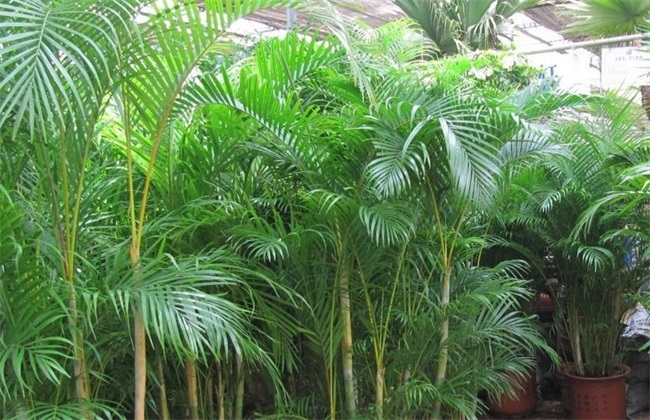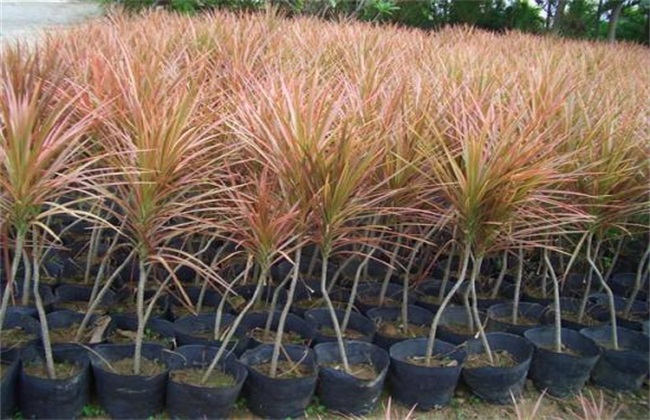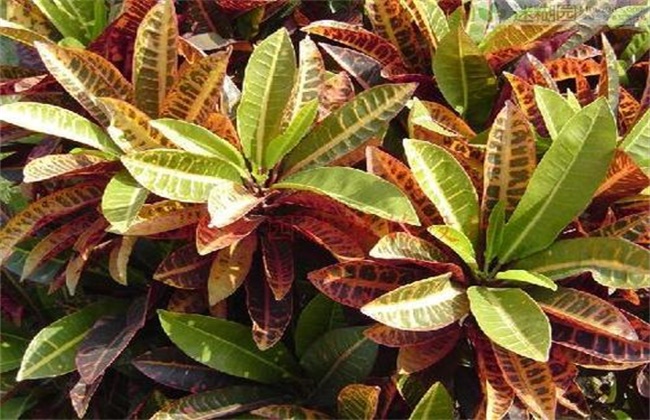What if the leaves of Phyllostachys pubescens turn yellow and dry?
Phyllostachys pubescens has slender branches and is highly ornamental, so it is welcomed by many people. It is very suitable for decorating courtyards, offices and other places, but also has the role of purifying the air, and now there are breeding in all parts of our country. However, when we cultivate Phyllostachys pubescens, if it is not managed properly, it can easily lead to yellow and dry leaves and reduce ornamental quality. So what is the cause of the yellow and dry leaves of Phyllostachys pubescens? What are we going to do? Let's take a look at it with the editor.

1. Excessive fertilization
When applying fertilizer to Phyllostachys pubescens, if you apply too much fertilizer, it is very easy to cause the leaves of Phyllostachys pubescens to turn yellow and dry. Especially in the leaf tip performance is more obvious, the old leaves will gradually fall. Therefore, if it is due to excessive fertilization leading to the drying of yellow leaves, then timely add an appropriate amount of water to the soil dilution fertilizer, more serious, it is necessary to replace the new soil. However, it is also necessary to meet the nutritional needs of Phyllostachys pubescens. If Phyllostachys pubescens lacks nutrition, then the tender leaves of Phyllostachys pubescens will be yellow and withered due to lack of nutrition, so it is necessary to apply fertilizer properly at this time.
2. Overwatering
Although Phyllostachys pubescens has certain requirements for water in the process of growth. But like fertilization, we must control the amount of watering. If too much water is watered, the stagnant water in the soil will cause the roots of Phoenix tail bamboo to be retted. Affect the absorption of nutrients, resulting in the gradual loss of luster of young leaves, small branches, wilting of new shoots and so on. Therefore, if too much watering, then timely drainage, the soil will be blown dry. Maintain a dry, permeable environment, loosen the soil and let the water evaporate as soon as possible.
3. Insufficient watering
As I just said, Phyllostachys pubescens needs some water in its growth. Therefore, if the watering is insufficient, it is also easy to cause the leaf to yellowing. The edge of the leaf is easy to dry up, and the old leaf is more obvious, which will gradually turn yellow and wither and fall off from top to bottom. However, it does not have much effect on the growth of new leaves, so we should pay attention to control the amount of water. In order to meet the water demand of Phyllostachys pubescens growth, the soil will be watered thoroughly and will not produce stagnant water.
4. Excessive illumination
Phyllostachys pubescens is a kind of plant that likes to grow in semi-shade environment and has strong shade tolerance. Therefore, it is suitable to grow in strong light, if the leaves of Phyllostachys pubescens are irradiated by strong light, then it is very easy to cause the leaves to be burned and yellowing. Therefore, we should pay attention to create a cool and dry growth environment for Phyllostachys pubescens, especially in summer, we must do a good job of shading, so that the leaves of Phyllostachys pubescens can not be exposed to direct sunlight. However, Phyllostachys pubescens can not be placed in a shady environment for a long time, so that the leaves of Phyllostachys pubescens can not carry out photosynthesis due to lack of light, too little chlorophyll, resulting in yellow leaves. So we should also provide the right amount of scattered light for Phoenix tail bamboo.
The above is a brief introduction to how the leaves of Phyllostachys pubescens turn yellow and dry. That's all for today's introduction. This article is for reference only. I hope it can help you all.
Related
- Fuxing push coffee new agricultural production and marketing class: lack of small-scale processing plants
- Jujube rice field leisure farm deep ploughing Yilan for five years to create a space for organic food and play
- Nongyu Farm-A trial of organic papaya for brave women with advanced technology
- Four points for attention in the prevention and control of diseases and insect pests of edible fungi
- How to add nutrient solution to Edible Fungi
- Is there any good way to control edible fungus mites?
- Open Inoculation Technology of Edible Fungi
- Is there any clever way to use fertilizer for edible fungus in winter?
- What agents are used to kill the pathogens of edible fungi in the mushroom shed?
- Rapid drying of Edible Fungi



